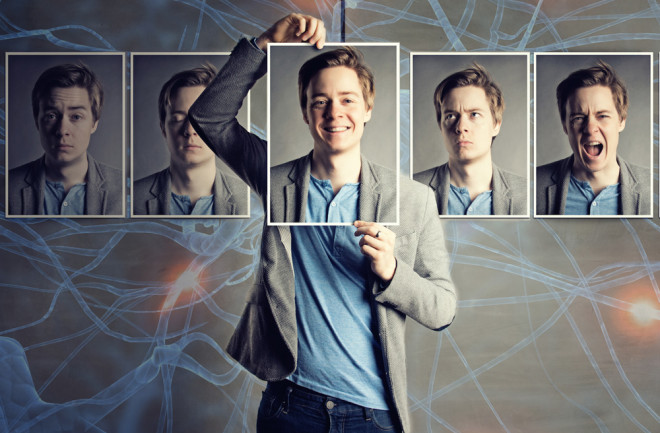A new paper published in Nature Medicine reveals the wide variety of emotional experiences that can be triggered by electrical stimulation of the brain.
Brain Stimulation's Complex Emotional Effects
Mapping the emotional responses to deep brain stimulation

Nerve cells: Sebastian Kaulitzki/Shutterstock. Faces: Lassedesignen/Shutterstock. Illustration: Dan Bishop/Discover
Newsletter
Sign up for our email newsletter for the latest science news
0 free articles left
Want More? Get unlimited access for as low as $1.99/month
Stay Curious
Sign up for our weekly newsletter and unlock one more article for free.
View our Privacy Policy
Want more?
Keep reading for as low as $1.99!
Already a subscriber?
Find my Subscription
More From Discover
Stay Curious
Subscribe
To The Magazine
Save up to 40% off the cover price when you subscribe to Discover magazine.
Copyright © 2025 LabX Media Group

